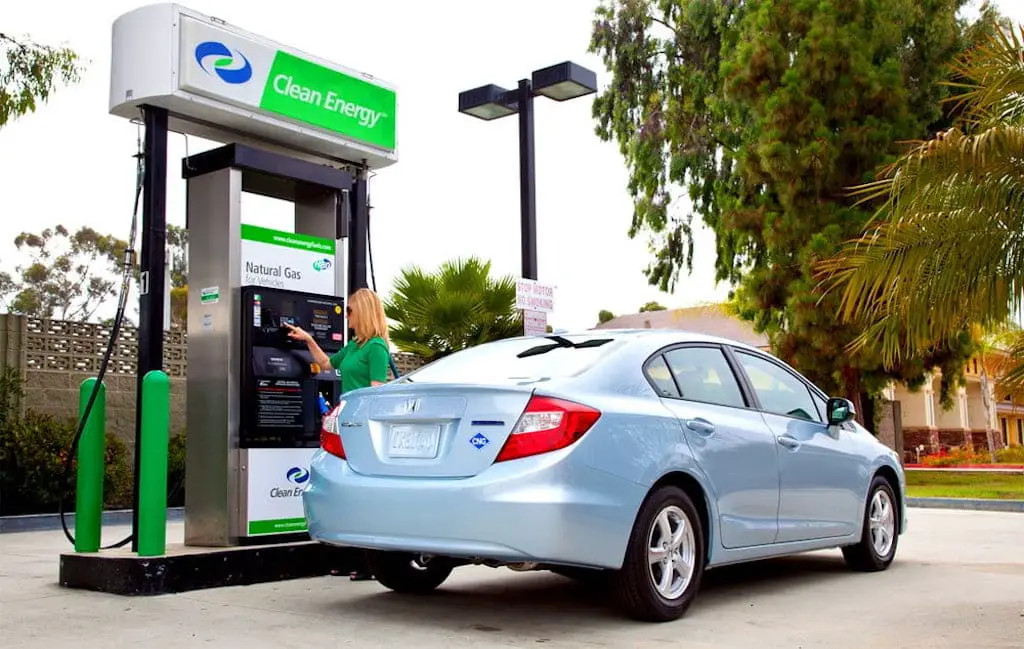In my last post, I talked extensively about how electric cars still aren’t quite there yet as a replacement for the conventional internal combustion engine. This is because, even if electric cars appear to offer benefits over gasoline and diesel powered cars on surface, that isn’t the whole story. Even if your electric car is marketed as green and eco-friendly, that doesn’t make it carbon neutral, or very good for the environment.
Firstly, electric cars have much larger environmental footprint than conventional automobiles when it comes to initial manufacture and future disposal as a result of how they are made, ethical issues mentioned in my previous article notwithstanding. Secondly, electric vehicles can only ever be as clean as the power source that generates the electricity in the first place!
Currently, with more than half of electricity produced in the U.S. derived from coal and natural gas, you may as well power your vehicle on natural gas (the far cleaner of the two) from the get go! Which conveniently gets us to a fantastic alternative to both electric cars and gasoline in every sense.
Table of Contents
Using natural gas directly is more efficient, since it contains less steps from initial energy production extraction to final energy use.
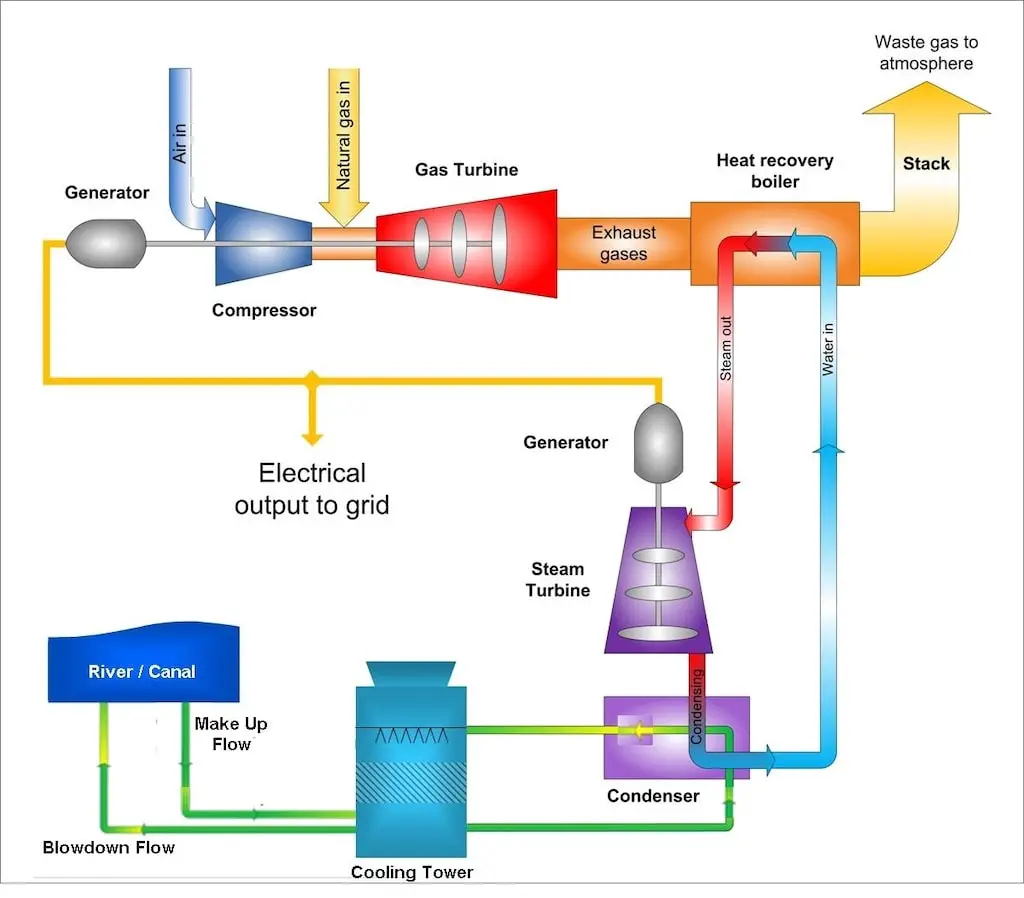
Since the highest share of the electricity of the U.S. is generated by natural gas, using the natural gas directly as a fuel for transportation lowers carbon emissions compared to powering an electric vehicle off the grid. It’s also more efficient in this case as well, since with an electric car, you have to first convert the chemical energy in natural gas to electrical energy, and from there, convert the electrical energy into the energy of motion. Whenever you convert energy from one form to another, the process can never be 100% efficient, and by adding that extra step, it means more natural gas needs to be burned at an electrical plant to move a car of the same mass compared to just using the natural gas as fuel for the car in the first place. None of this factors in the voltage drop that occurs between the power station and your chosen point of charging (meaning more carbon emissions). This means a number of benefits!
A natural gas vehicle weighs less than an electric vehicle, reducing wear on roads and bridges.
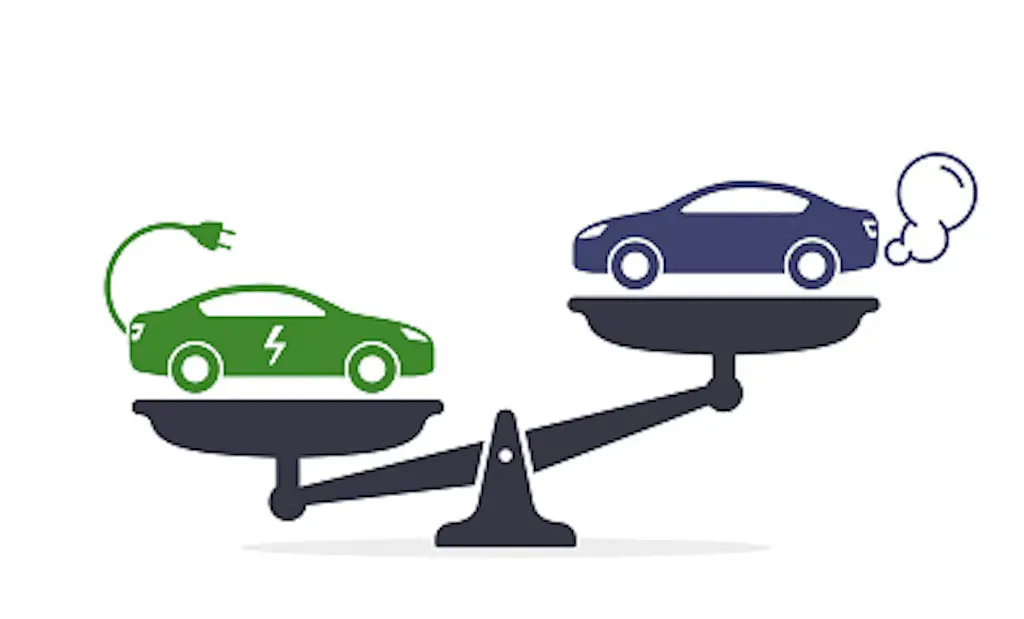
Natural gas cars, while slightly heavier than conventionally-powered vehicles, are still much lighter than electric cars. Take, for example, a 2015 Honda Civic. When it was new, it was offered for sale both in conventional gasoline form, and in a form that can be fueled by natural gas. The regular 2015 Civic weighs in at about 2800 lbs, while the natural gas model is 100 lbs heavier at about 2900 lbs. In comparison, Tesla’s entry level Model 3 sedan has a weight of 3600 lbs, and 1000 of those are just the batteries.

There are two problems with this. Firstly, much of the electricity used is just to move around the batteries given the high weight. Secondly, more, heavier vehicles on the roads causes the wear and tear on roads and bridges to increase. This means there are more carbon emissions from road maintenance and construction than there would be otherwise. Already, the construction industry is responsible for nearly 40% of current annual carbon emissions worldwide, so in this regard, electric vehicles are a red herring on the question of how to reach full carbon neutrality, and not a solution in of themselves.
Existing Vehicles can be converted to run on natural gas, and natural gas has been successfully proven to work in a large portion of the world.
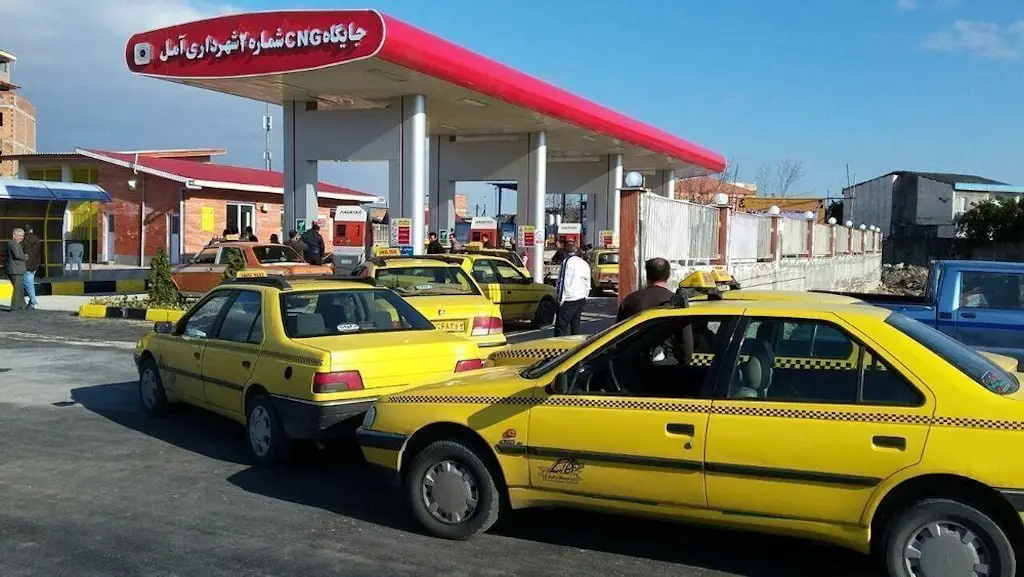
Much of a vehicle’s carbon footprint comes from its initial manufacture. This can be entirely eliminated by instead of buying a new car, converting your existing car to run on natural gas. Yes, this is in fact possible, as any existing gasoline powered car can be converted to run on natural gas without issue. Yes, this is possible for any gasoline powered car, and a large amount of vehicles in many countries are already powered by natural gas. In some countries, more vehicles run on natural gas than on gasoline, most of these nations being in Asia and Europe, and Latin America.
Currently, Iran has the largest number of cars running on natural gas, with 3.5 million vehicles running on natural gas in the country. However, large numbers of natural gas vehicles can be found in Italy, Armenia, Turkey, Pakistan, Uzbekistan, Pakistan, India, Bangladesh, China, Argentina, and Bolivia. All told, billions of people live in nations where natural gas as a fuel is widespread, and those nations are still functioning perfectly okay.
However, if you find that using natural gas alone is not feasible, natural gas conversions can be done in a dual-fuel type of system, which will allow the operator to switch between gasoline and natural gas depending on their preference and what is available. However, this will compromise on cargo capacity, which is especially noticeable for smaller vehicles.
Conventional Natural Gas has lower emissions than Gasoline. It’s also cheaper for consumers and the infrastructure already exists.
And that isn’t taking into account some of the other benefits traditional natural gas offers compared to gasoline. On average, natural gas will result in a 15% drop in carbon dioxide emissions and a nearly 60% drop in carbon monoxide emissions (the same gas that will kill you if it builds up in your house).
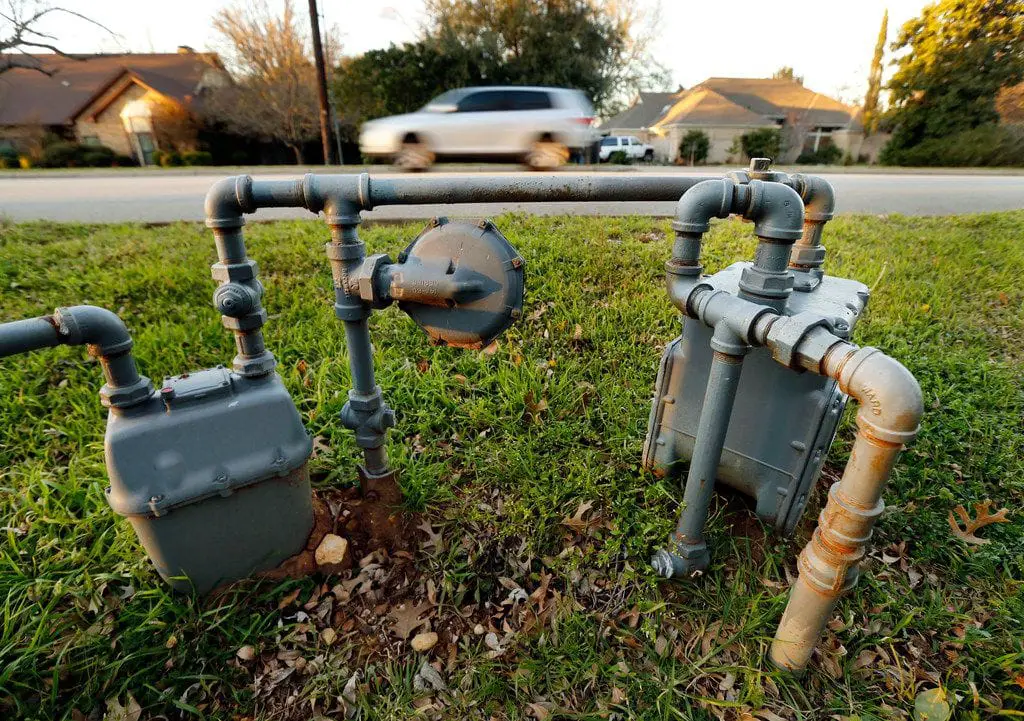
And like electricity, natural gas already has a distribution network in place as well, as it is currently delivered to most homes as a public utility. It’s cheaper too, as natural gas costs, on average, 33% less than gasoline, which more than offsets one of the biggest problems of natural gas, 25% lower fuel economy than traditional gasoline (link).
Natural Gas is better for your engine, and natural gas cars can be run on a recycled biofuel with no additional modifications
Furthermore, using natural gas in a combustion engine is actually better for the health of your engine! Why? Natural gas, compared to conventional gasoline, contains less impurities and burns more efficiently. This results not only in the aforementioned lower emissions, but higher engine performance and a longer engine lifespan.
However, even more exciting is that emissions can be reduced even further compared to conventional natural gas by utilizing a fuel that is often overlooked: biogas.
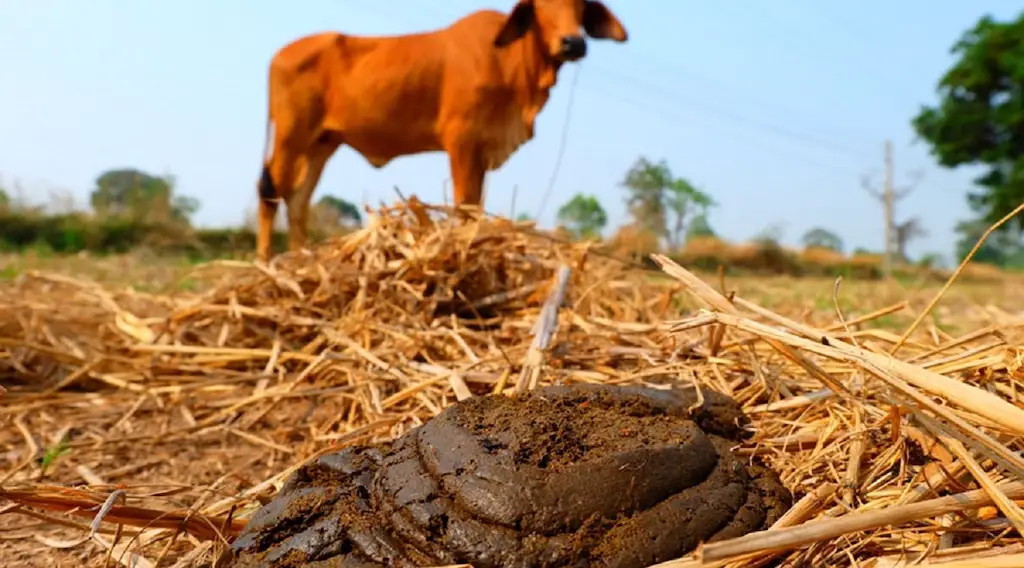
What is biogas? Well, in its fundamental form, it is bacteria breaking down organic matter, whether it be food waste, grass clippings, manure, or other agricultural waste, into simpler byproducts. This process is pretty much the same chemical process that makes a person fart all the time; something my family members can all attest is true in my case. Fittingly, it was so bad that the “biogas” that was produced by me (minor lactose intolerance) became synonymous with “natural gas” among my classmates, so much so that when my grade 4 science teacher was talking about natural gas, she had to clarify that she was NOT, in fact, referring to the “natural gas” of yours truly.
Hilarious childhood story aside, biogas is chemically identical to fossil fuel natural gas (which may as well be prehistoric dinosaur farts), meaning it can utilize all the same systems as natural gas without further modification with a 1-to-1 substitution ratio. Compared to fossil fuels like gasoline or natural gas, biogas is carbon neutral, since the carbon that goes into the atmosphere during combustion was originally taken out of the atmosphere when the organic material that was ultimately used to generate the biogas was part of a living organism.
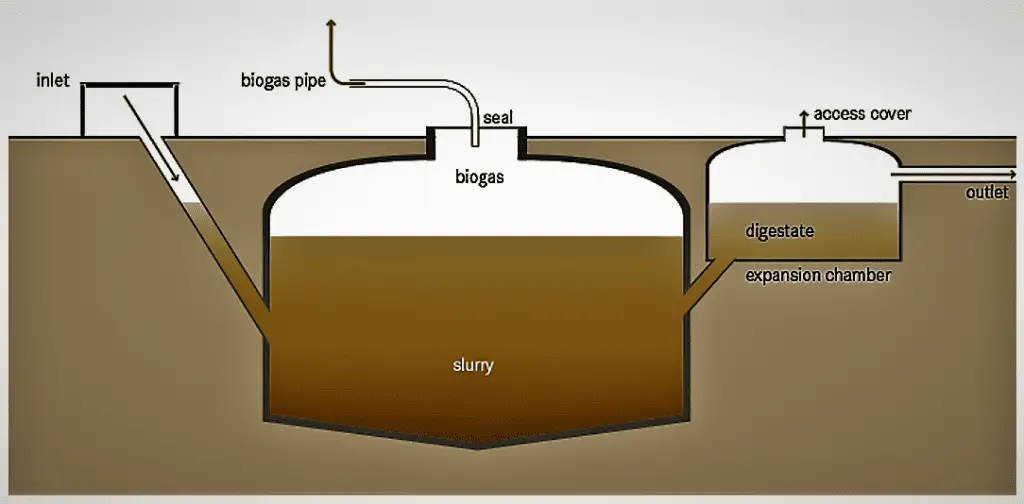
In addition, biogas is often produced by landfills (the main destination for a lot of the trash produced by humanity), and the organic matter in landfills, like anywhere else, decays. The byproduct? Methane. Typically, landfill operators vent the methane gas straight into the atmosphere, which represents a huge problem. This is because methane is 28 times more potent a greenhouse gas than CO2, and by capturing it and utilizing it, not only are methane emissions being reduced, but free energy that would otherwise go to waste is being utilized. If deployed at a large scale, the net impact of this would be a reduction in overall global warming, which is the real question, not CO2 emissions.
While Natural Gas isn’t perfect, it makes sense for a lot of people
However, natural gas, whether fossil fuel gas or biogas, isn’t perfect. The lower efficiency notwithstanding, natural gas tanks are often large and bulky, and can compromise on cargo capacity, especially for smaller vehicles. Furthermore, large regulatory barriers currently exist to prevent its widespread adoption in the U.S. among regular drivers. Notable is the fact that to modify a car to run on natural gas yourself is illegal in the U.S, ironically, in violation of the Clean Air Act. Should you do it anyway, you could be fined $5,000 per day you run the car. Ouch.

If you want to do a natural gas conversion legally, you are supposed to go to a certified natural gas installer, and the conversion can cost $5,000-$10,000 USD, a tough sell when people have less savings than ever. Furthermore, natural gas, to be used in a car, needs to be compressed to 3,600 PSI. If pre-compressed, refueling times can be about 4-5 minutes, though installing a high pressure CNG system is expensive ($750,000 average), making installing a high pressure system makes sense only for fuel stations and businesses, not for regular people. However, if not compressed, you can still fill up your natural gas car, but fueling times are SLOW. I MEAN REALLY SLOW! Even slower than electric vehicles in fact. Plus, with more places banning natural gas from being installed in new homes in the name of saving the environment (IRONY!), even putting these systems in may become more difficult in the future (link).
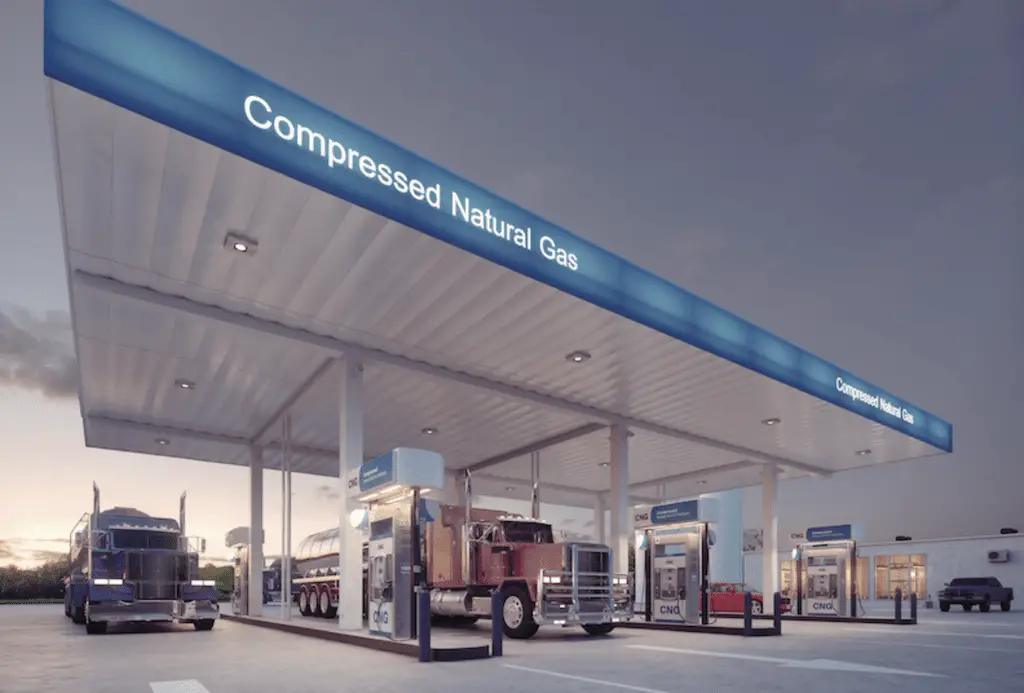
Despite this, natural gas is gaining traction with commercial truck fleets. While the reduced emissions are a public relations boon these companies marketing departments that is much appreciated, the most attractive aspect is that the large initial outlay of converting a commercial fleet to natural gas is quickly offset by the lower costs of running the natural gas vehicles. Since the initial costs are well known and have been documented, the famously fun-killing bean counters are also happy and will sign off, resulting in a win-win for everyone involved.
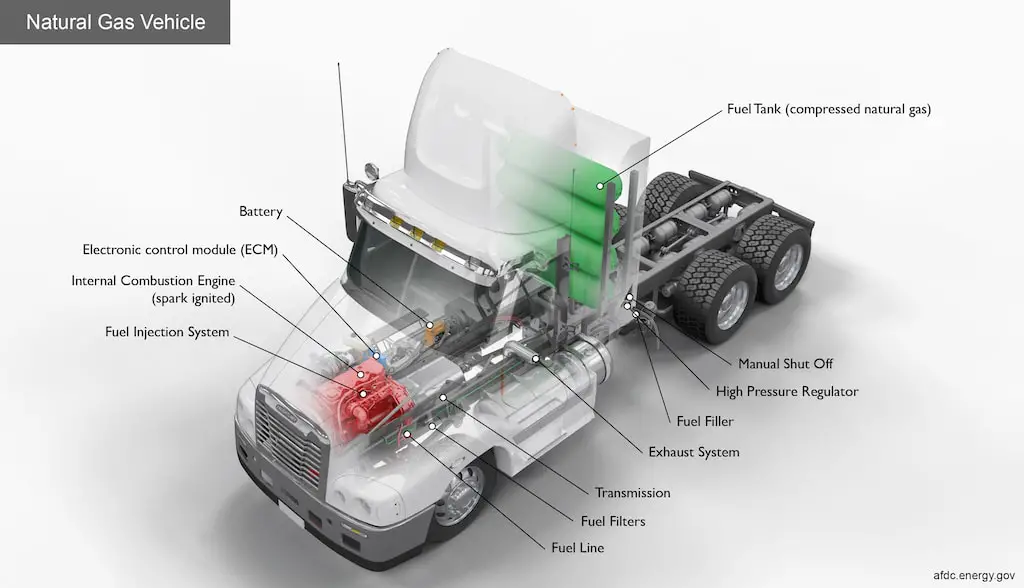
Summary
Overall, modifying your car to run on natural gas is a great way to lower your CO2 emissions without buying a new car. It becomes even better if you are able to utilize chemically identical biogas instead of fossil fuel natural gas. I certainly hope that one day, biogas-electric hybrids can combine the best of the two technologies for the benefit of consumers and the environment. What do you think? Do you also think natural gas/biogas is an under-appreciated alternate fuel? Would you consider driving natural gas cars? Let me know in the comments below.
